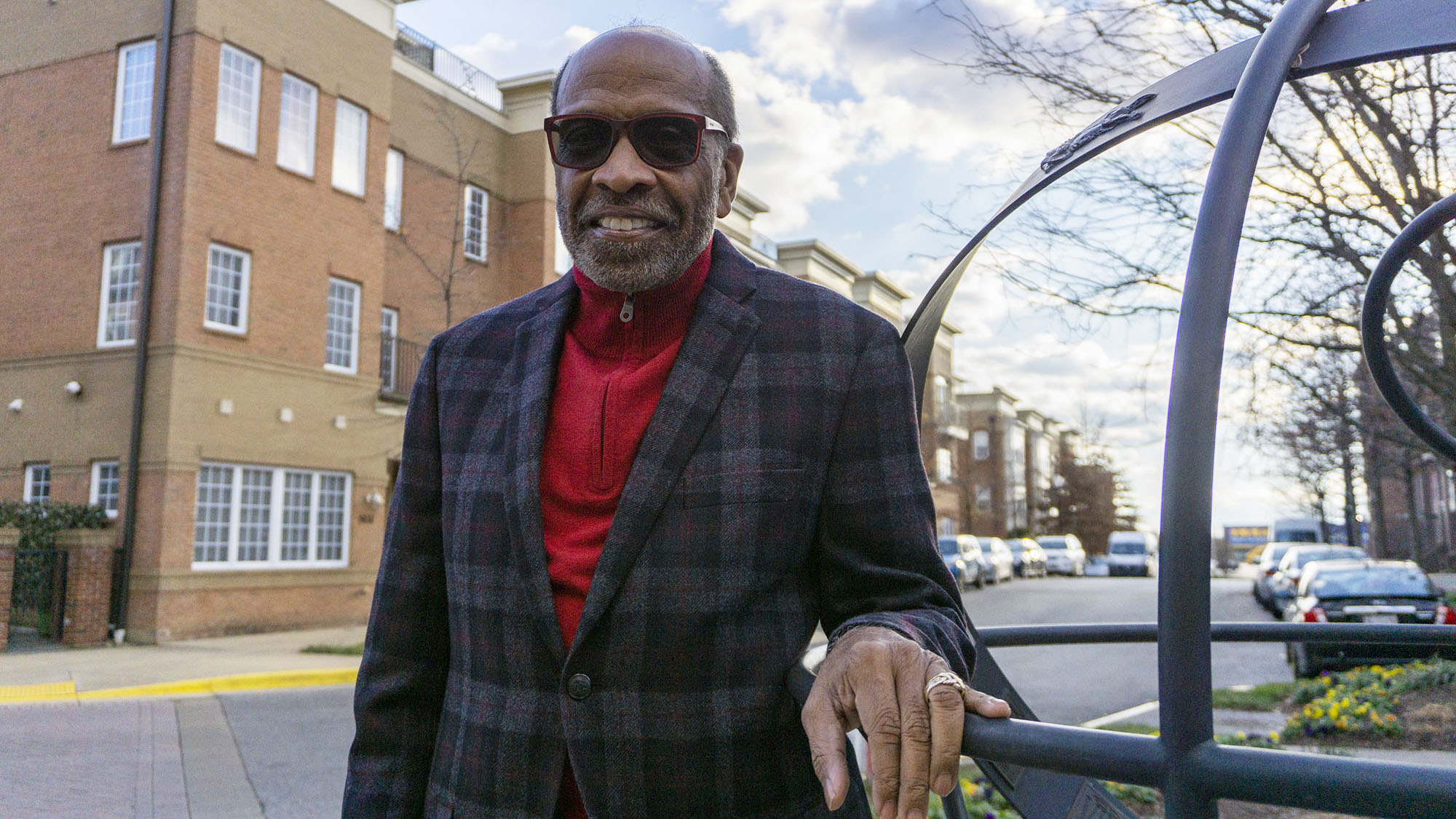In 2021, the University of Maryland will kick-start its involvement in the Aspire Alliance — an initiative funded by the National Science Foundation that aims to help universities recruit and retain more STEM faculty from underrepresented backgrounds and to build more inclusive teaching and mentoring practices.
The Aspire Alliance, an effort spearheaded by the Association of Public and Land-Grant Universities and the Center for the Integration of Research, Teaching and Learning, ultimately seeks to attract more students from underrepresented groups into science, technology, engineering and math college programs and ease their graduation and entrance into the workforce.
Since this university was selected as one of the 19 schools to participate in the new Aspire Alliance cohort in October, it has started to pull together a team of faculty and staff that will provide insight throughout the initiative. In the next couple months, the workgroup will start the first portion of the three-year project, conducting a self-assessment of current practices using metrics the alliance has identified as important measures of good practices.
In the fall semester, the computer, math and natural sciences college had the lowest percentage of Black faculty out of the university’s 12 schools and colleges — 1.6 percent, compared to the six percent of faculty university-wide who are Black.
Current faculty of color teaching STEM classes at this university have said they are encouraged by the school’s participation in this effort, but noted there is a lot of work to do to improve representation in their disciplines.
“I am still very troubled — in 2020 — by the number of students who are about to graduate from Maryland and … have come and said, ‘You are the very first African American professor I’ve had at this university,” said James Butler, a public health professor at this university.
[UMD professors are adapting to the challenges of online instruction]
Linda Steiner, a journalism professor who is leading the project at this university, is also the director of the university’s ADVANCE program — an initiative aimed at promoting an inclusive work environment for faculty members across the university.
Administrators in humanities disciplines are often more accustomed to valuing the importance of identity, Steiner said. STEM disciplines, she said, have been slower overall to understand the need to encourage diversity and inclusion.
Steiner added that she believes strategies found to be effective within STEM disciplines may have applications for the university as a whole. Following the initial assessment, the committee will develop strategies to improve faculty diversity, then assess the effectiveness of the changes they implemented.
“I am quite convinced that whatever we come up with that actually works for STEM will redound to the benefit of the entire university,” she said.
John Bertot, an information studies professor and the university’s associate provost for faculty affairs, said this university comes in around the middle among Big Ten schools when it comes to the diversity of its faculty. Only about 9 percent of faculty at universities nationwide are underrepresented minorities, a 2019 National Science Foundation analysis found.
He said he’s already seen improvements in diversity among faculty at the assistant and associate professor level, citing an increase in women and Latino professors. However, Bertot said he hopes participating in this effort will allow the university to broaden its improvements across all types of faculty positions.
“It will not be a successful initiative if we’re not able to also work collaboratively with other units on campus,” he said.
[UMD community protests new guidelines urging staff return to campus]
Improving faculty diversity may also yield benefits earlier in the academic pipeline, said Renee Hill, a lecturer in the information studies college who studies methods to better serve underrepresented groups in educational settings.
Last year, Hill published a paper titled “The Danger of an Untold Story: Excerpts from My Life as a Black Academic” in which she shared personal anecdotes about the discrimination she faced in academia, including comments about her hair and not receiving the same mentorship as her peers. For Hill, improving faculty diversity is one of the critical strategies for preventing experiences like the ones she has had.
“People of color in particular will kind of look into a field and say ‘I don’t really see anything who reflects what I think would be a comfortable place for me to be,’” Hill said. “So they go into some other field or … they choose to go into industry.”
The university’s involvement in the Aspire Alliance follows other efforts to diversify its faculty. Both Bertot and Steiner highlighted the President’s Postdoctoral Fellowship Program, which aims to recruit more people from groups that have been historically underrepresented in higher education as instructors and researchers.
But retaining faculty of color after recruitment can be challenging, Butler said.
“You have to retain people. They have to want to feel welcome and feel as though this is a place where I can dig my heels in and build my career,” he said.
Butler is a part of a faculty group called “The Agents of Change,” which is where he and other faculty of color from different departments in the public health school come together and support one another. The group meets regularly and has continued during the COVID-19 pandemic via Zoom.
“That is what has kept me,” Butler said. “I believe that a model like the agents of change could be replicated at other institutions where faculty of color feel a connection.”
While Butler said he appreciates the support this network has provided him, he emphasized that “change has to come from the top.”
“There has to be a commitment and more than lip service,” Butler said. “It has to be a commitment in writing, and you got to put some money on the table to make sure that people have the tools to be successful.”



